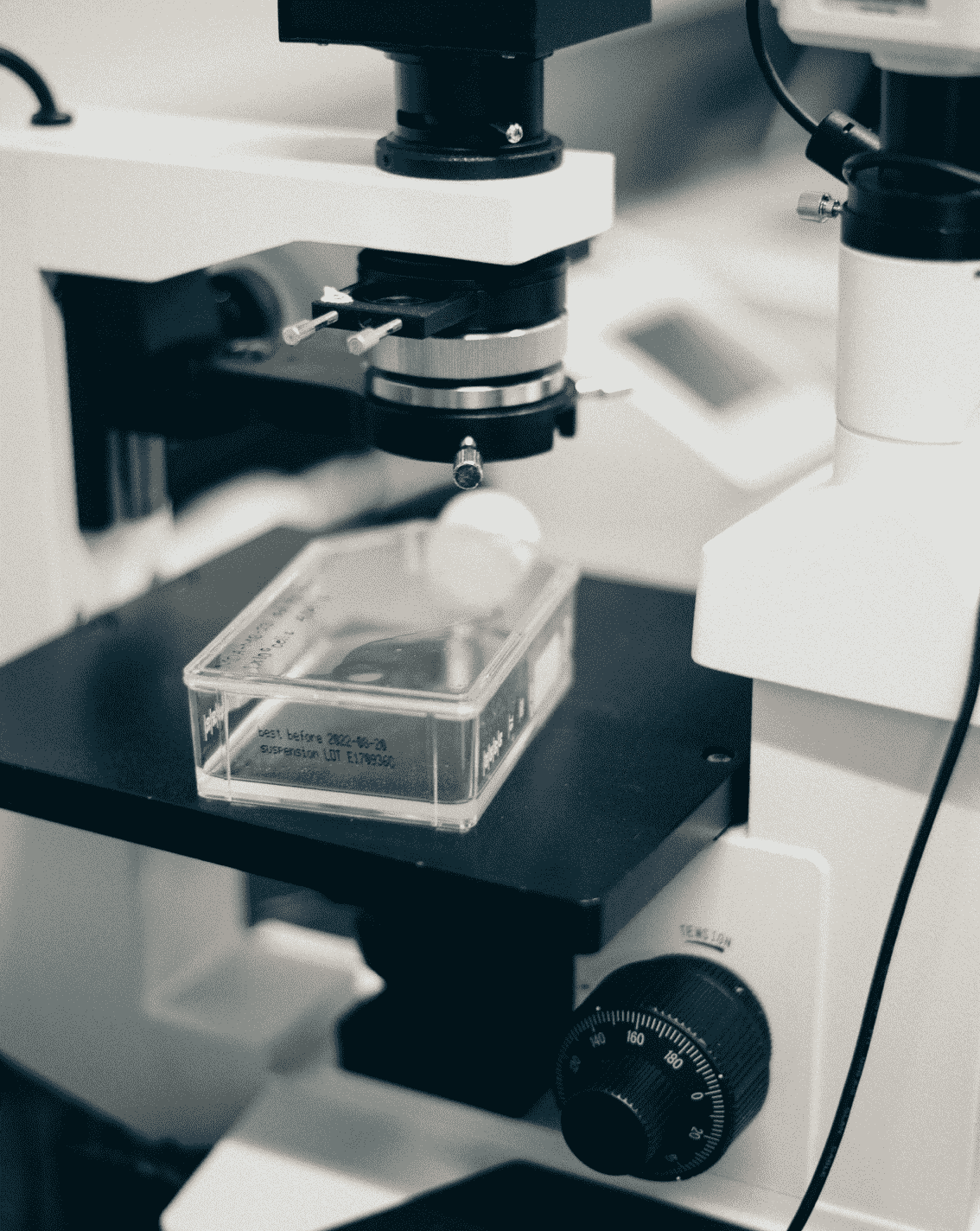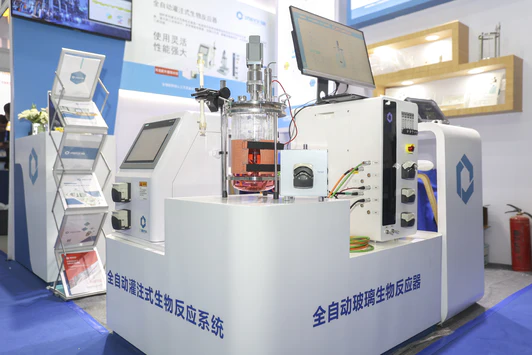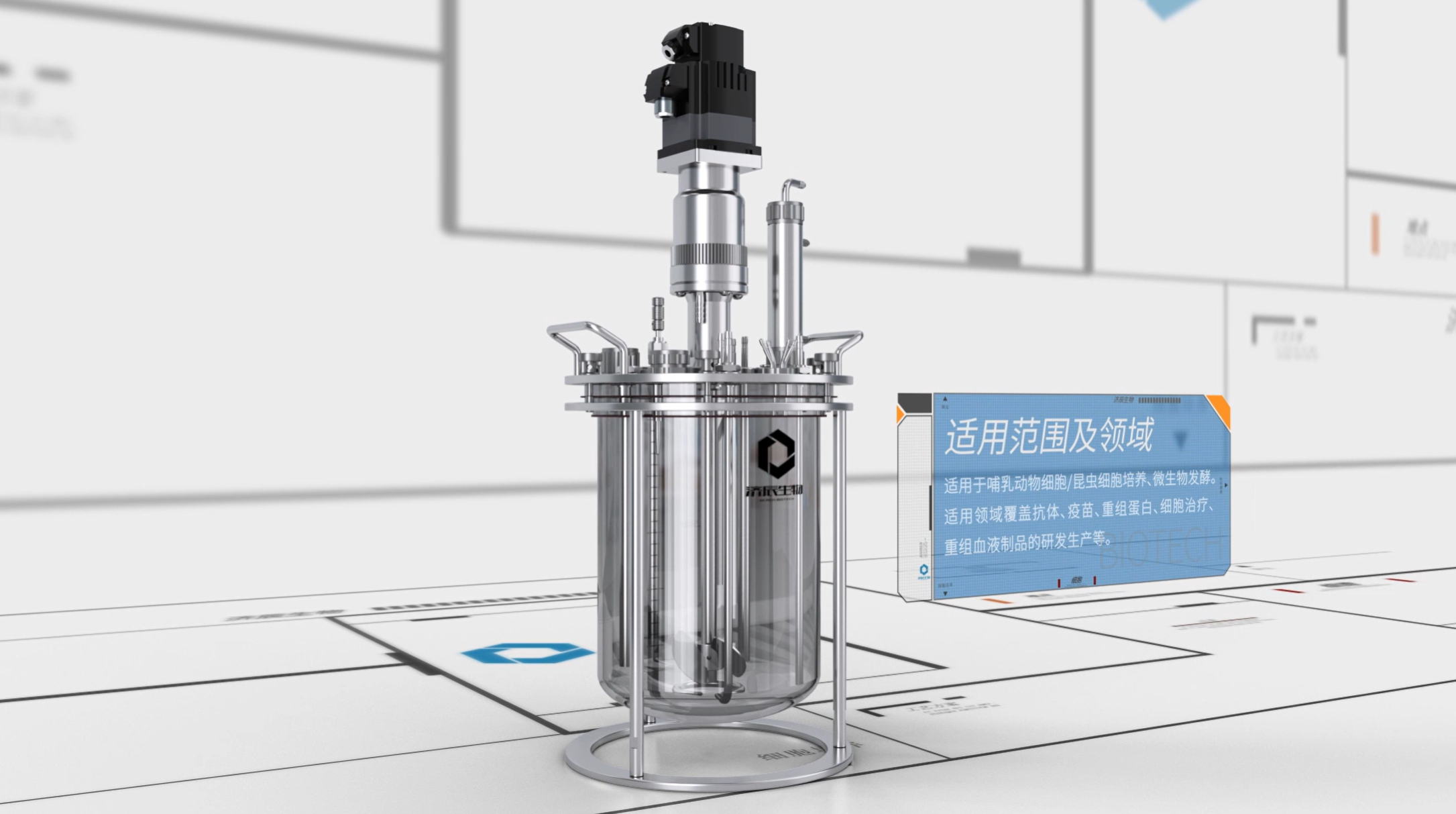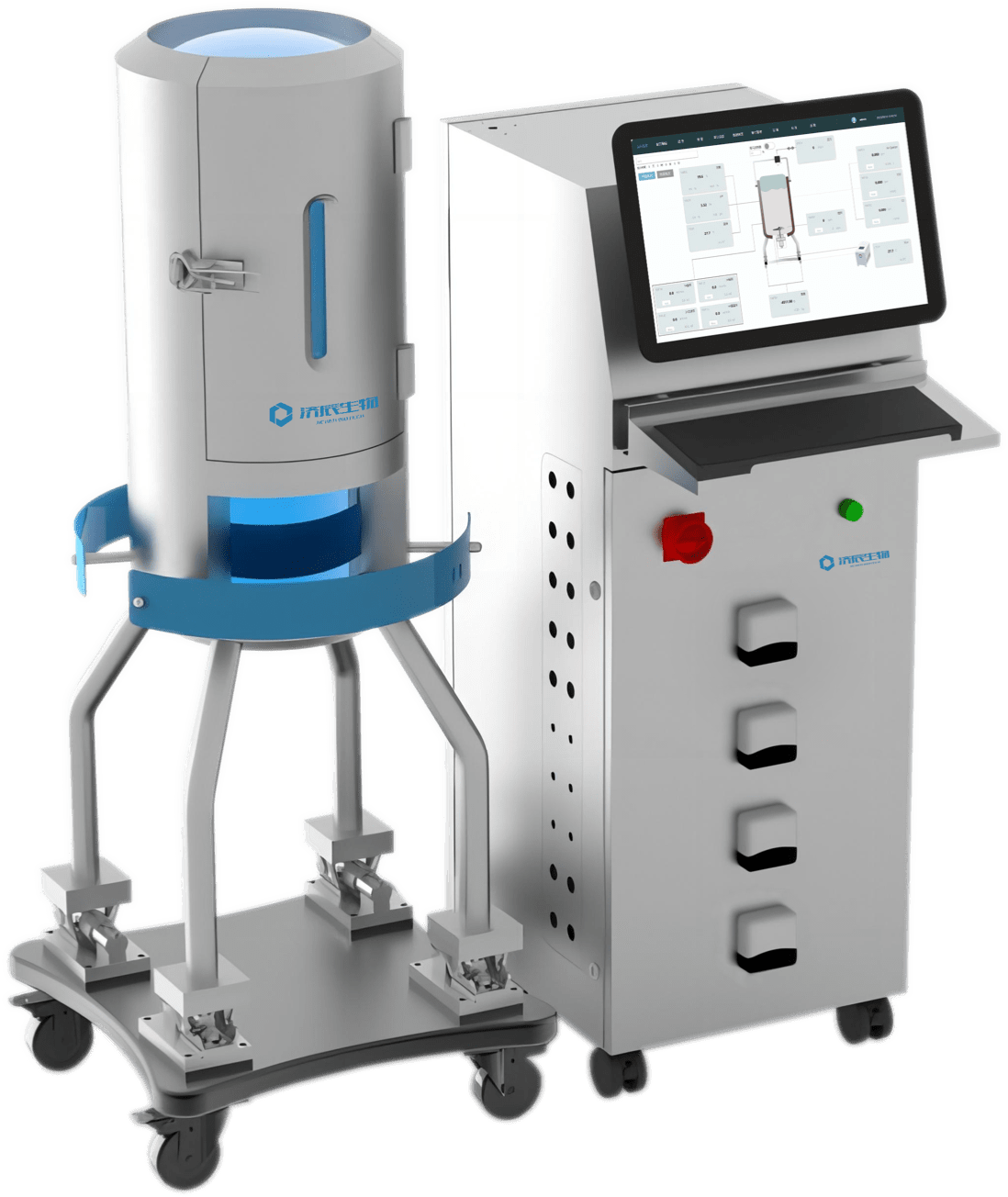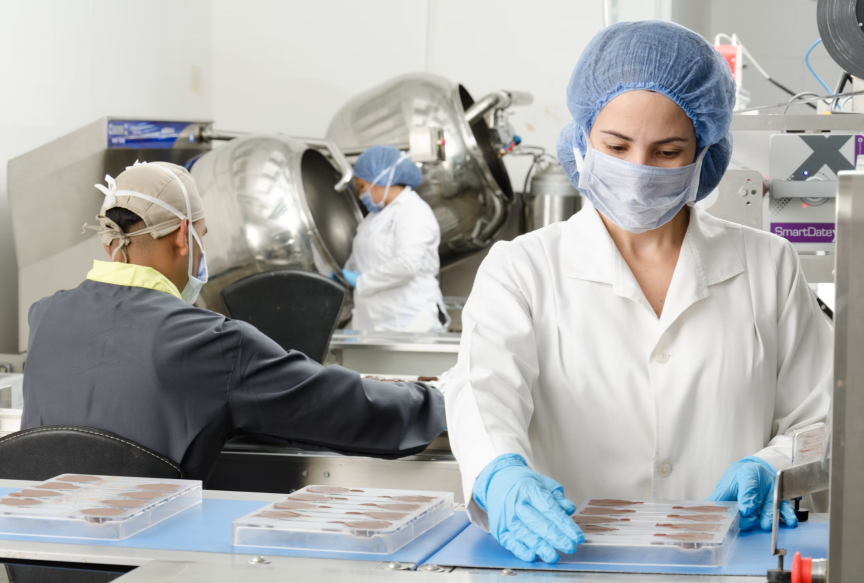Fermentation is a critical process in various industries, including pharmaceuticals, food and beverage, and biofuels. At the heart of this process is the fermenter, a bioreactor designed to facilitate the growth and metabolic activities of microorganisms. To ensure the success of fermentation, it is essential to control a multitude of parameters within the fermenter. This article provides a detailed overview of the key factors that need to be controlled in a fermenter to optimize productivity and product quality.
1. Temperature Control
Temperature is one of the most critical factors to control in a fermenter. Microbial growth and metabolism are highly temperature-dependent, and even slight deviations can affect the rate of fermentation and the quality of the end product.
1.1 Importance of Temperature Control
- Enzymatic activity: Each microorganism has an optimal temperature range at which its enzymes function most efficiently.
- Metabolic pathways: Temperature influences the pathways that microorganisms use for energy production and product formation.
- Product stability: High temperatures can lead to the degradation of sensitive products.
1.2 Methods of Temperature Control
- jacketed fermenters: These are equipped with a heating or cooling medium that circulates around the vessel to maintain the desired temperature.
- Internal coils or heating elements: These can be used to directly heat or cool the fermentation broth.
- Air or gas sparging: Cooling can be achieved by sparging cool air or gas into the fermenter.
2. pH Control
The pH level in a fermenter influences microbial growth, enzyme activity, and the solubility of nutrients and products.
2.1 Importance of pH Control
- Enzyme activity: Each enzyme has an optimal pH range for activity.
- Cell membrane permeability: pH affects the ionization of cell membrane components, influencing nutrient uptake and product excretion.
- Product formation: Some products are more stable or formed preferentially at specific pH levels.
2.2 Methods of pH Control
- Acid or base addition: Automatic dosing systems are used to add acids or bases to adjust the pH.
- BUFFERs: BUFFERs can be added to the fermentation medium to maintain a stable pH range.
- Membrane-based systems: These can remove ions that affect pH, thereby stabilizing it.
3. Agitation and Aeration
Agitation and aeration are crucial for the distribution of nutrients, the removal of metabolic waste, and the maintenance of a homogeneous environment within the fermenter.
3.1 Importance of Agitation and Aeration
- Oxygen transfer: Agitation helps in dissolving oxygen from the air, which is essential for aerobic metabolism.
- Heat transfer: Agitation enhances heat distribution, helping to maintain a uniform temperature.
- Mixing: Proper mixing ensures that nutrients are evenly distributed and that cell concentration is uniform.
3.2 Methods of Agitation and Aeration
- Impellers: Different types of impellers are used to create varying flow patterns and mixing intensities.
- Air spargers: These introduce air or oxygen into the broth, increasing the dissolved oxygen concentration.
- Recirculation systems: These can be used to improve mixing and oxygen transfer in large-scale fermenters.
4. Nutrient Control
The availability of nutrients is vital for the growth and productivity of microorganisms in a fermenter.
4.1 Importance of Nutrient Control
- Growth medium: The composition of the growth medium must be optimized for the specific microorganism and product.
- Nutrient feeding: The timing and rate of nutrient addition can significantly impact the fermentation process.
4.2 Methods of Nutrient Control
- Fed-batch fermentation: Nutrients are added in increments throughout the fermentation process.
- In situ product removal: This technique can prevent nutrient depletion and product inhibition.
5. Foam Control
Foam can be a significant issue in fermenters, affecting process stability and equipment functionality.
5.1 Importance of Foam Control
- Oxygen transfer: Excessive foam can impede aeration and reduce oxygen transfer.
- Overflow: Foam can lead to the loss of culture broth and potential contamination.
5.2 Methods of Foam Control
- Antifoam agents: These are added to the broth to reduce surface tension and prevent foam formation.
- Mechanical foam breakers: These devices physically break down foam as it forms.
6. Sterility and Contamination Control
Maintaining a sterile environment is essential to prevent the growth of unwanted microorganisms that can compete with the desired culture or produce harmful by-products.
6.1 Importance of Sterility and Contamination Control
- Product purity: Contaminants can degrade product quality and render it unusable.
- Process safety: Certain contaminants can be hazardous to the operator or the environment.
6.2 Methods of Sterility and Contamination Control
- Sterilization: The fermenter and all associated equipment must be sterilized before use.
- Aseptic technique: Proper aseptic techniques must be followed during inoculation and sampling.
7. Pressure Control
The pressure inside a fermenter must be controlled to ensure the safety of the process and the integrity of the equipment.
7.1 Importance of Pressure Control
- Gas exchange: Pressure affects the solubility of gases, including oxygen and carbon dioxide, which are critical for microbial respiration.
- Equipment design: Fermenters are designed to operate within specific pressure ranges to prevent leaks and potential failures.
7.2 Methods of Pressure Control
- Pressure regulators: These devices maintain the desired pressure by controlling the flow of gases into and out of the fermenter.
- Relief valves: These are safety devices that prevent overpressure by releasing excess gas when necessary.
8. Oxygen Transfer Rate (OTR) and Carbon Dioxide Removal
Oxygen is essential for the growth of aerobic microorganisms, while carbon dioxide is a byproduct that must be removed to prevent inhibition.
8.1 Importance of OTR and Carbon Dioxide Removal
- Cell respiration: Aerobic microorganisms require a sufficient supply of oxygen for their metabolic activities.
- Productivity: High OTR can lead to increased cell densities and productivity.
- Inhibition: Accumulation of carbon dioxide can inhibit microbial growth and affect product formation.
8.2 Methods of Controlling OTR and Carbon Dioxide Removal
- Aeration: The rate and method of aeration can be adjusted to optimize OTR.
- Gas sparging: The use of spargers helps in the efficient transfer of oxygen and the removal of carbon dioxide.
- Scrubbing systems: These can be used to remove carbon dioxide from the exhaust gas stream.
9. Inoculum Quality and Density
The quality and density of the inoculum can significantly impact the fermentation process.
9.1 Importance of Inoculum Quality and Density
- Process initiation: A high-quality inoculum ensures a rapid and efficient start to the fermentation process.
- Product consistency: A consistent inoculum density helps in achieving reproducible product yields.
9.2 Methods of Inoculum Control
- Inoculum preparation: Standardized procedures are followed to prepare a high-quality inoculum.
- Cell counting: Techniques such as flow cytometry can be used to determine the cell density for accurate inoculation.
10. Monitoring and Control Systems
Advanced monitoring and control systems are essential for maintaining the desired fermentation conditions.
10.1 Importance of Monitoring and Control Systems
- Real-time data: Continuous monitoring provides real-time data that allows for immediate adjustments to the process.
- Automation: Control systems can automate the adjustment of process parameters, reducing the risk of human error.
10.2 Methods of Monitoring and Control
- Online sensors: These devices measure process parameters like temperature, pH, dissolved oxygen, and foam levels.
- Control algorithms: These are used to manage the data from sensors and make necessary adjustments to the process.
In conclusion, the control of fermenter parameters is a multifaceted task that encompasses temperature, pH, agitation, aeration, nutrient supply, foam control, sterility, pressure, OTR, carbon dioxide removal, inoculum quality, and the use of advanced monitoring and control systems. Each parameter plays a critical role in the overall success of the fermentation process, and understanding their importance is key to optimizing production yields and ensuring product quality. By carefully managing these parameters, fermentation engineers can create an environment that promotes the growth of microorganisms and the production of valuable end products, contributing to the advancement of biotechnology and related industries.
